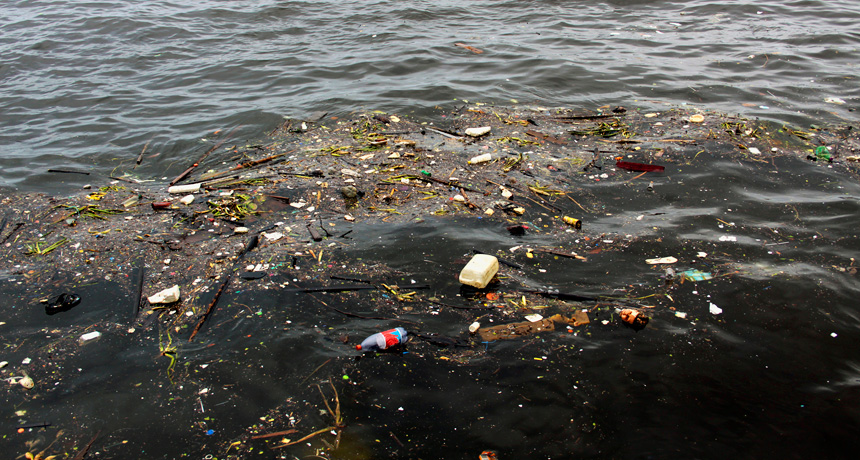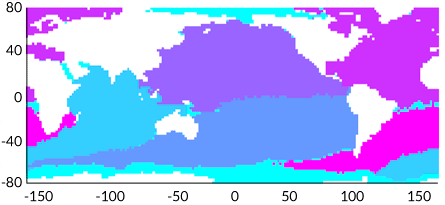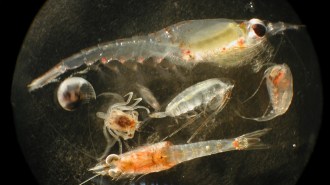Plastic may take unexpected routes to marine garbage patches
Researchers redraw ocean boundaries to help identify polluters

RUBBISH TRAIL Plastic tossed into the ocean breaks down into tiny particles that accumulate in large ocean swirls. New research on the connections between the world's oceans finds that the plastic litter in a patch may have come from a distant sea.
luoman/iStockphoto
Math may help scientists figure out who is responsible for massive tracts of trash in the oceans — and the culprits may not be the obvious suspects.
Using mathematical simulations of ocean currents, researchers at the University of New South Wales in Sydney show that plastic garbage may take circuitous cruises before joining patches of floating debris in distant oceans. The study, published September 2 in Chaos, bucks a common assumption that the coasts closest to the masses of litter are responsible for the plastic, which can be deadly to sea life. The new calculations redefine ocean borders and offer a way to help catch the countries dumping the most debris.
“This is an important step if you want to get to a point where we can say, ‘The U.S. is responsible for X percent’ ” of the pollution, says oceanographer Erik van Sebille, one of the study’s coauthors.
At least five giant masses of floating rubbish exist around the world, including the great Pacific garbage patch. Though their name suggests rafts of bobbing refuse, the patches are instead areas with high concentrations of trash — mostly wee bits of plastic particles that have degraded from larger pieces of litter such as water bottles. The bits amass within ocean vortices, driven by wind and ocean currents. Because of the patches’ tiny constituents and constant swirling, researchers have trouble measuring, tracking and sourcing the flotsam (SN: 8/9/14, p. 9).

The researchers found surprising routes for the trash. Garbage flung toward the Indian Ocean from southern Australia could end up in the Pacific, van Sebille says. And litter that sets sail off eastern South Africa may anchor in the Atlantic rather than the Indian Ocean. What makes identifying polluters especially complicated, van Sebille says, is that trash doesn’t always stay in a garbage patch. A piece of litter can join one clump of rubbish, then later break free and make its way to one in another ocean.
These unexpected paths suggest the oceans’ borders need to be redrawn, van Sebille says. Lines on maps are somewhat arbitrary, he explains. By seeing how ocean circulation and winds move particles from region to region — or keep them out — scientists can get a better sense of each ocean’s true boundaries.
Most researchers would not have guessed that debris in one ocean can come from another, says oceanographer Kara Lavender Law of the Sea Education Association in Woods Hole, Mass. Though more research is needed to understand and confirm the pathways of floating debris, Law says the new simulation is a “useful tool.”




